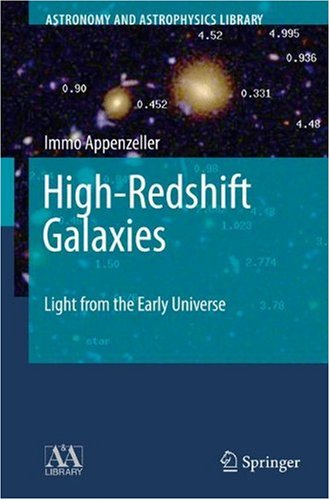

Most ebook files are in PDF format, so you can easily read them using various software such as Foxit Reader or directly on the Google Chrome browser.
Some ebook files are released by publishers in other formats such as .awz, .mobi, .epub, .fb2, etc. You may need to install specific software to read these formats on mobile/PC, such as Calibre.
Please read the tutorial at this link: https://ebookbell.com/faq
We offer FREE conversion to the popular formats you request; however, this may take some time. Therefore, right after payment, please email us, and we will try to provide the service as quickly as possible.
For some exceptional file formats or broken links (if any), please refrain from opening any disputes. Instead, email us first, and we will try to assist within a maximum of 6 hours.
EbookBell Team

4.0
26 reviewsThis book provides a comprehensive account of the scientific results on high-redshift galaxies accumulated during the past ten years. Apart from summarizing and critically discussing the wealth of observational data, the observational methods which made it possible to study these very distant and extremely faint objects are described in detail. Moreover, the technical feasibilities and physical limitations for existing and for future ground-based and space-based telescopes are discussed. Thus, apart from summarizing the knowledge accumulated so far, the book is designed as a tool for planning future observational and instrumental programs and projects.
In view of the potential importance of the observational results of the high-redshift universe for basic physics the book is written for astronomers as well as for physicists without prior astronomical knowledge. For this purpose it contains introductory chapters describing the basic concepts and notations used in modern astronomy and a brief overview of the present knowledge of the local universe. The individual chapters provide detailed information, summaries and references on all important aspects and problems pertaining to the subject. The objective of the book is therefore to provide a thorough introduction to the topic for interested researchers. Students interested in extragalactic astronomy will find important information not (yet) available in standard academic texts. The book will also be a valuable companion text for special lectures on the high-redshift universe and cosmic evolution. And it will be an important tool for research students starting a thesis in the field of extragalactic astronomy and observational cosmology.